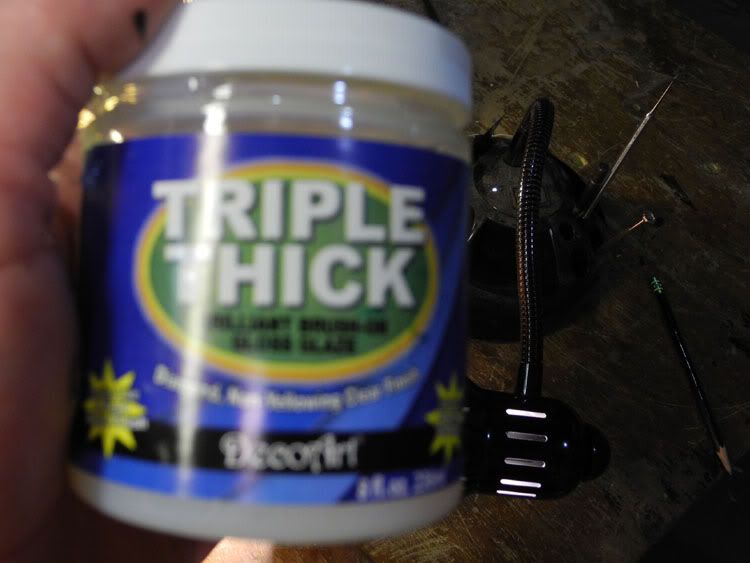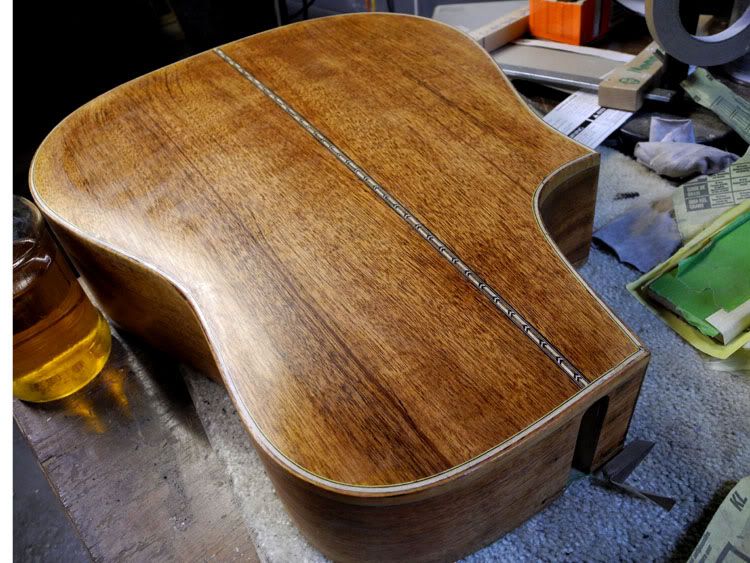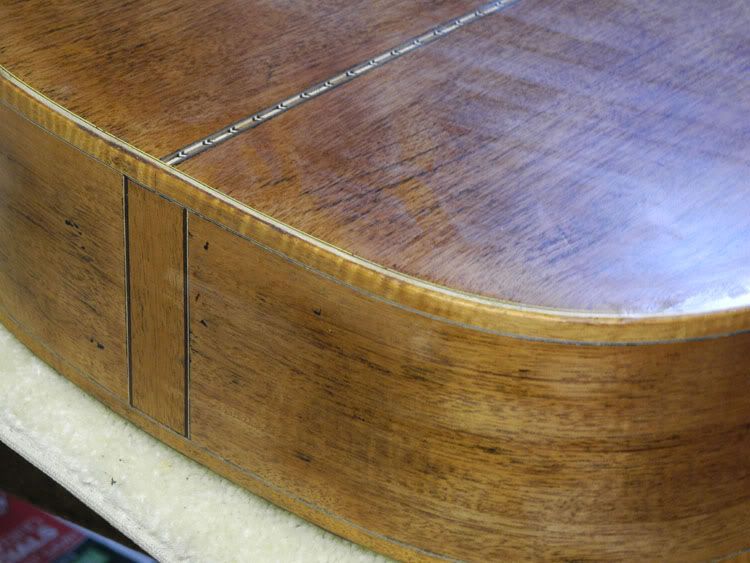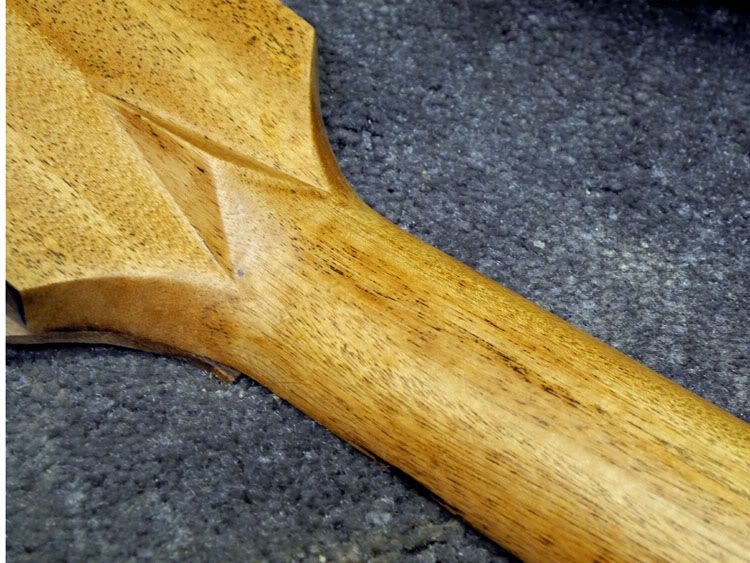Thanks Alan but I am in the middle of pore filling another guitar with pumice and the whole point of this is that I don't want to do it on this one. I am hating it on the other guitar so much that it is making me never want to build another one
 Don't know why I'm having such a hard time with it, I've done it in the past and it went very smoothly. The guitar I want to try with sawdust is purple heart and so far I have tried a sample with pumice and another one with eggwhite and sanding up a slurry. Both methods left white in the grain and I was really careful to clear the pumice with alcohol first. Wendy
Don't know why I'm having such a hard time with it, I've done it in the past and it went very smoothly. The guitar I want to try with sawdust is purple heart and so far I have tried a sample with pumice and another one with eggwhite and sanding up a slurry. Both methods left white in the grain and I was really careful to clear the pumice with alcohol first. Wendy
![adulations [clap]](./images/smilies/smiley32.gif)



